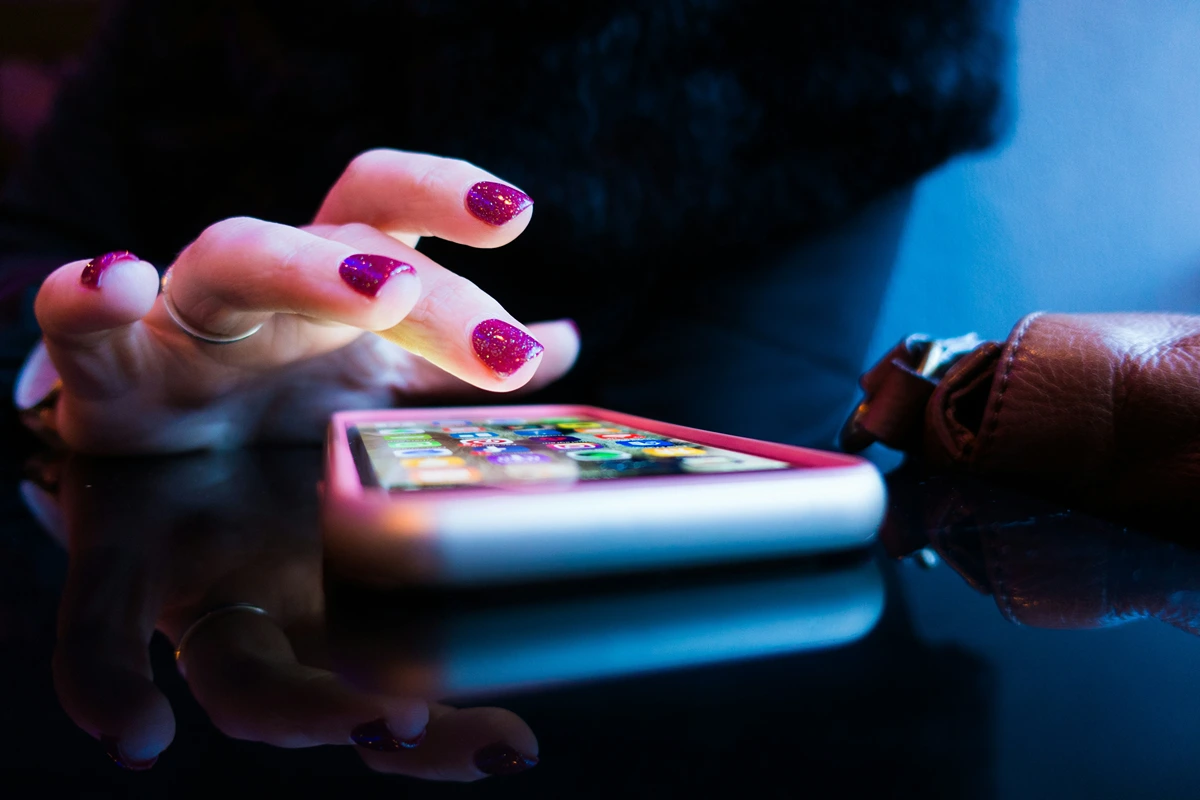When “Just One Minute” Becomes 45 Minutes
When you take a social media break, do you feel disconnected and out of touch with your online world? This feeling of needing constant connection is related to social media FOMO. This leads to that quick peek at Instagram morphing into a 45-minute scrolling session. Designed notifications, infinite scroll, and highlight-reel posts hijack your attention and spark anxiety that everyone else is living a better life. Ready to break the cycle? Let’s swap mindless scrolling for mindful connection to avoid phone anxiety.
Why Social Media FOMO Feels So Intense
| Digital trigger | What happens in your brain |
|---|---|
| Infinite scroll & stories | Endless novelty spikes dopamine, reinforcing “just one more.” |
| Push notifications | Intermittent pings keep your threat-detection system on call and lead to phone anxiety. |
| Curated highlight reels | Social-comparison anxiety lowers self-esteem and mood. |
Excessive checking links to higher stress, poorer sleep, and lower wellbeing (Brown & Kuss 2020; Rozgonjuk et al. 2020). But small, consistent interventions can reverse the spiral.
5-Step Plan to Limit Scrolling
Goal: shift from reactive checking to intentional use—without quitting cold turkey.
1. Time-Box Your Feeds
- Schedule two fixed 15-minute “social slots” daily.
- Use built-in iOS/Android app limits; set a 1-minute grace period so overrides feel deliberate.
2. Silence Non-Essential Pings
- Keep call/text alerts; mute likes, tags, and “friend joined” nudges.
- Group the few must-have apps in one “Notify” folder off your home screen.
3. Curate for Calm
- Unfollow or mute accounts that trigger comparison anxiety to limit scrolling.
- Add “grounding” follows—educational, hobby, or close-friend content that leaves you energized.
4. Swap the Habit Cue
- Identify your most common scroll trigger—boredom? stress? bedtime?
- Pre-choose a replacement: stretch, three deep breaths, or jot a to-do. Link cue → new action.
5. Run Weekend Mini-Detoxes
- Log out Friday night; reinstall/login Sunday evening.
- Short abstinence drops perceived stress, especially in heavy users (Turel et al. 2018).
Mindset Shifts to Tame Phone Anxiety
- Spot the highlight reel – remind yourself every post is edited.
- Re-anchor to values – write one sentence on why YOU use social media (e.g., “to stay close with friends abroad”).
- Practice self-compassion – slips happen; treat them as data, not failure.
- Mindful check-in – before opening an app ask, “What do I need right now?” If the answer isn’t “connection,” choose an offline micro-break.
Key Takeaways
- Social media FOMO thrives on endless novelty and social comparison.
- Boundaries (time-boxing, muting, curated follows) shrink anxiety without full withdrawal.
- Cognitive-behavioural swaps—spot trigger ➜ insert mindful action—rewire habits.
- Short detox weekends reinforce control and reset dopamine response.
Set your first 15-minute “social slot” today and experience the calm of intentional connection.
References
- Brown, L., & Kuss, D. J. (2020). Seven-day social-media abstinence trial. IJERPH 17(12), 4566.
- Rozgonjuk, D., Sindermann, C., Elhai, J. D., & Montag, C. (2020). FOMO, engagement, and wellbeing. Psychological Reports 123(3), 741-756.
- Turel, O., Cavagnaro, D., & Meshi, D. (2018). Stress drop after SNS abstinence. Psychiatry Research 270, 947-953.
- Damico, N., & Krutka, D. G. (2018). Digital-mindfulness diaries. Teaching & Teacher Education 73, 109-119.
- Schmuck, D. (2020). Digital-detox apps and wellbeing. Cyberpsychology, Behavior & Social Networking 23(8), 526-532.
- Yaramış, D., & Ünal, R. (2024). Detox techniques among students. Yeni Medya 17, 55-67.




